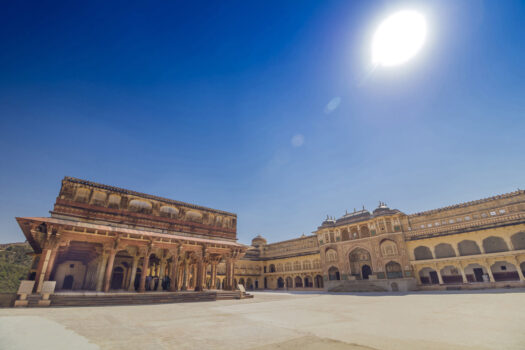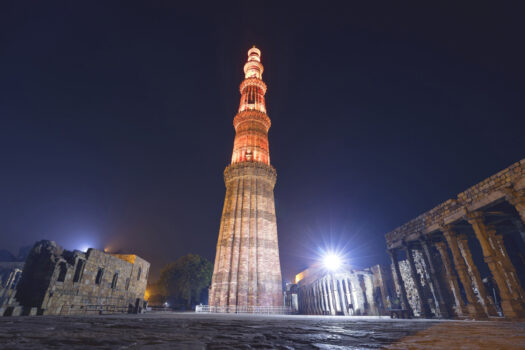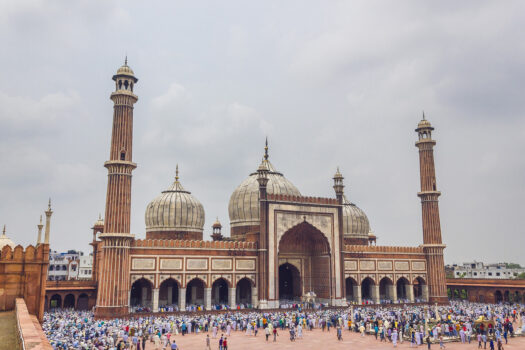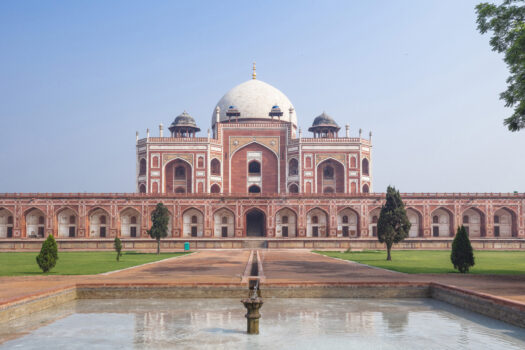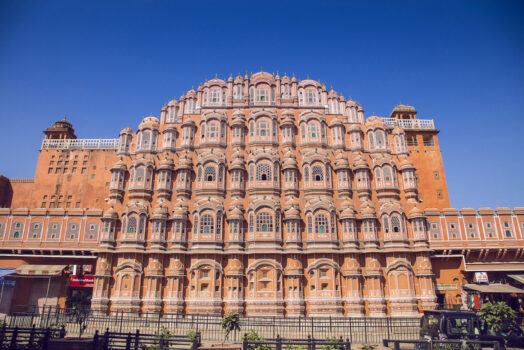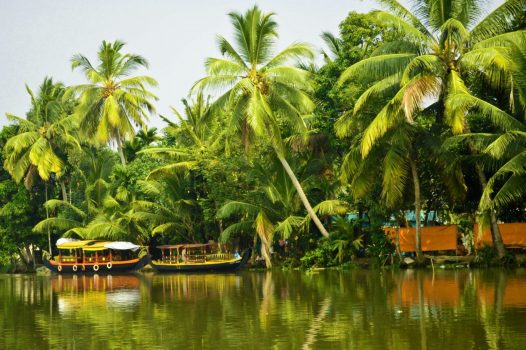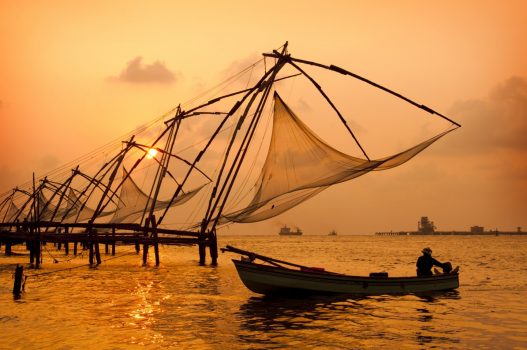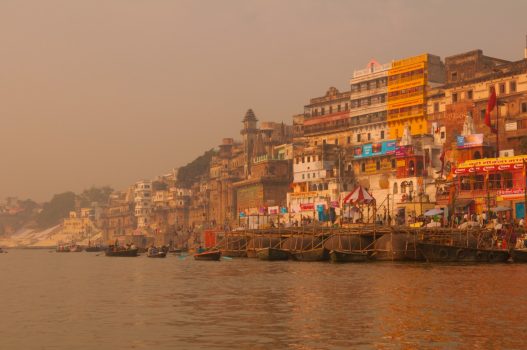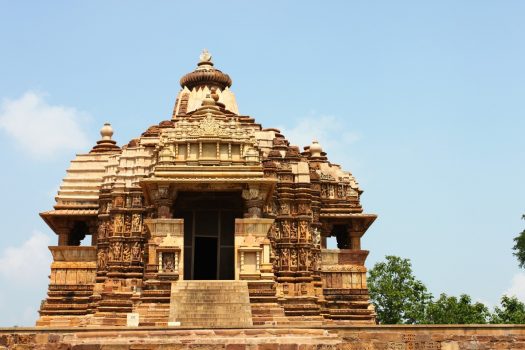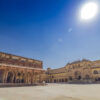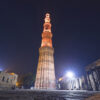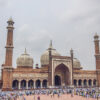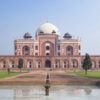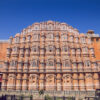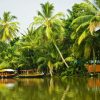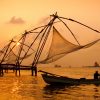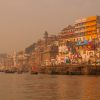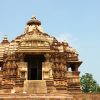India: Grand Tour
Can words describe 3.2 million sq. kms. of the Indian subcontinent? Can pictures capture a terrain as diverse as verdant forests, golden deserts and the majestic Himalayan range? Can stories tell you all you want to know about the complex cultures of the Indian people, their languages and dialects, their rituals and traditions? To feel the magic, be touched by the spirituality, experience the intensity or join in the celebrations, you have to be in India. Read more
Enjoy a grand tour of this vast and vibrant sub-continent. Northern India conjures up memorable images: the Taj Mahal, the holy river Ganges, the unique wildlife, great food and a fascinating culture. The cities of Delhi and Jaipur offer hustle and excitement, whilst the Taj Mahal in Agra offers unique serenity.
Southern India offers a lush contrast to the peaks and plains of the north of the country. This region is bright, bold and beautiful. It is home to splendid civilisations, magnificent relics and sacred sites.
India is inspiring and unique, a perfect place for adventurer seekers, nature lovers and relaxation revellers – head here for an unforgettable experience.
Dates
Dates on request
Suggested Itinerary by Air
Day 1 - 2
Fly to Delhi
Fly from the UK to Delhi Airport. On arrival you will be met by an English speaking guide and transferred to your hotel. Delhi has overtaken Mumbai & Kolkata in recent years to become the most vibrant creative art centre in India. New Delhi, the capital city, is one of the 11 districts that make up Delhi. Enjoy the evening at leisure to relax after your long flight.
Day 3
Delhi Tour
Today you will enjoy a morning tour of Old Delhi. On a rickshaw, you will pass the Red Fort, the most opulent Fort and Palace of the Mughal Empire. Continue to Raj Ghat, the memorial site of Mahatma Gandhi; Jama Masjid, the largest mosque in India; and Chandni Chowk, the bustling and colourful market of the old city. Here you’ll find a perpetually congested avenue heading west from the Red Fort, filled with twisting lanes, small streets and crowded bazaars.
Visit the markets of Old Delhi. Sacks of spices and nuts, edible sheets of silver, and local pickles make for an aromatic day out. Old Delhi is all about its heritage, culture, traditions and culinary experience of home cooked food. Your senses will come alive as you will encounter the many captivating sights and sounds this amazing city has to offer. It will give you a taste of the city and make you sink in the frenzy of its colours, vivacity and irresistible charm. The area is also home to several small temples, shrines, old mosques and protected monuments. Cows wander the streets, small dharamshalas (rest-houses) and pyaus (water-stations) attest to the pious contributions of local merchants.
Later, enjoy a tour of New Delhi, a city of wide boulevards impressive government buildings, green parks and gardens. You will visit two monuments from Delhi’s past – Qutub Minar and Humayun’s tomb. You’ll also pass the imposing India Gate, President Residence and Parliament House.
Day 4
Varanasi
After breakfast, you will be transferred to the airport for your flight to Varanasi. On arrival you will be met by an English speaking guide and transferred to your hotel. In the afternoon, you will visit the markets. Walk through the bazaar & narrow alleys of Varanasi— a haven for the rich merchant—wholesale markets for Brocade and Benaras Sari. The ancient city fronting the holy River Ganges is a source of cultural and anthropological intrigue. The bewildering landscape of ghats, temples and Hindu rituals represent an alternative modernity. In the evening visit Ghats of Ganges to witness evening Aarti. Aarti is a Sanskrit word which means homage or devotion. The aarti or offering of the lamps is observed at set hours of the day and night to invoke the gods.
Day 5
Sarnath
This morning you will go on a sunset boat cruise on the Ganges. Later, visit Sarnath, the birthplace of Buddhism. It was here that Buddha revealed his doctrine and founded his monastic community. The museum at Sarnath is amongst the most important in India. Weaving is the dominant manufacturing industry in Varanasi. It is known throughout India for its production of very fine silk and Banarasi saris, which are often used for weddings and special occasions. Visit the weavers where you will learn about its history and importance.
Day 6
Khajuraho
Today you will transfer to the airport for your flight to Khajuraho. On arrival you will be met by an English speaking guide and transferred to your hotel. In the afternoon, visit the temples. The temples are divided into three groups, of which the western is largest and best known. All but three temples, which are built of local granite, are constructed with hard river sandstone dug from the east bank of the Ken River.
Day 7
Visit the Orchha Temples
Following breakfast you will travel to Jhansi. On the way you will stop to visit the Orchha Temples. The beautiful medieval town of Orchha was once the capital of Bundela Kings. Built along the banks of the river Betwa, flowing through rugged countryside, it still retains the captivating air of a bygone era. Continue to Jhansi where you will board the Shatabdi Express train to Agra. On arrival you will be transferred to your hotel.
Day 8
Agra – Taj Mahal
Visit the magnificent Taj Mahal. Built by an emperor in memory of his beloved queen, construction of the Taj Mahal began in 1631, and is believed to have taken 22 years to complete. You will also visit Agra Fort, a UNESCO World Heritage Site, where you are taken through the chambers of this royal residence. Also known as Lal Qila, Fort Rouge and Red Fort of Agra, it is the most important fort in India. The great Mughals Babur, Humayun, Akbar, Jehangir, Shah Jahan and Aurangzeb all lived here, and the country was once governed from here. In the afternoon, travel to Fatehpur Sikri, the imperial city of the Mughal dynasty between 1571 and 1584.The architectural grandeur of this deserted city cannot be described in words and one can only experience the aura of its magnificent edifices by seeing them.
Day 9
Chambal
This morning you will travel to Chambal. With a rich heritage stretching back many millennia the Chambal Valley has much to offer – stunning landscapes & magnificent wildlife, formidable fortresses & crumbling ruins, tranquil temples & flamboyant fairs, colourful history & compelling mythology. In the afternoon you will go on a Jungle Safari. Discover the many facets of this ancient land. Accompanied by experienced local guides and naturalists, explore the Chambal Valley passing through remote hamlets and habitations hidden within the folds of the Chambal and Yamuna ravines. This is a fascinating journey through a world that is strangely as connected as it appears removed from modern India.
Day 10
Chambal River Safari
Enjoy a river safari on the calm and gentle waters of the Chambal River. Boatmen are exceptionally skilled at cutting the boat engines, and manoeuvring as close to the birds and animals as possible without disturbing them. Trained naturalists accompany you and provide expert information on the Chambal wildlife. The rest of the day is at leisure.
Day 11
Jaipur
Today you will travel to Jaipur. Jaipur is where the enduring charisma of the past blends with the throbbing vitality of today. Where a colorful cast of characters – from painters and potters to artists and antique dealers – present a fascinating picture of a city that is alive to both tradition and change. Today, Jaipur has spread far beyond the pink crenulated walls that once defined its boundaries. It presents a fascinating picture of a city where growth, evolution and change are sustained by tradition. On arrival, you will have the rest of the day at leisure.
Day 12
Jaipur – Visit Amber Fort
Enjoy a morning visit to Amber Fort. The fort is a marvellous example of Rajput architecture with its terraces and ramparts reflected in the Maota Lake below. Afterwards visit the Blue Pottery Arts Centre. Blue Pottery is widely recognized as a traditional craft of Jaipur, though it is Turko-Persian in origin. The name ‘blue pottery’ comes from the eye-catching blue dye used to color the pottery. In the afternoon, enjoy a guided city tour. Visit the City Palace Museum, the awe inspiring Jantar Mantar observatory and Hawa Mahal.
Day 13
Sanganer and Chokhi Dhani
After breakfast, visit Sanganer, a town renowned for its crafts and hand-printed textiles. Sanganer prints are unique, with patterns in bright colours printed on white backgrounds. The handmade paper industry began with the idea of Maharaja Sawai Jai Singh II in 1728. Today there are around 10 handmade paper industries in Sanganer. Apart from the paper industry, you can discover medieval remains, primeval temples and deep cultural roots in Sanganer. In the evening, travel to Chokhi Dhani. This village has been the mirror of Rajasthani culture since 1989. Here you will enjoy a dancing, puppetry and magic. There are many folk dances in Rajasthan including Ghoomer, Potter Dance, Kalbeliya – the Snake Dance, Bhopa-Bhopi Dance. The Kalbeliya dance of Rajasthan is famous all over the world for its high beat passionate music and fascinating all-round fast body movements.
Day 14
Jodhpur
This morning you will travel to Jodhpur. On arrival you will check in and have the rest of the day at leisure. During the British Raj, the state of Jodhpur was the largest in Rajputana, by land area. Jodhpur prospered under the British Raj and its merchants, the Marwaris, flourished endlessly. A high 10 km long stone wall protects the well-fortified city and within the walls stands an imposing fort on a low range of sandstone hills.
Day 15
Jodhpur – City Tour
Enjoy a guided tour of the city. Visit the Mehrangarh (meaning Majestic Fort), one of the largest forts in India. This magnificent fort is located at the centre of the city spreading over 5 km atop a 125-metre high hill. Within the fort, you will find several brillantly crafted and decorated palaces including: Moti Mahal (Pearl Palace), Phool Mahal (Flower Palace), and Sheesh Mahal (Mirror Palace). The museum houses an exquisite collection of palanquins, howdahs, royal cradles and musical instruments. To experience tribal India, head to Jodhpur Guda Bishnoi Village. The Bishnoi community are staunch worshippers of nature in all its forms, especially the sanctity of plant and animal life. They even pray to the green trees and animals that inhabit their land. Here you will enjoy a village safari.
Day 16
Fly to Kochi
After breakfast you will transfer to Jodhpur airport for your flight to Kochi. On arrival you will check in and enjoy the rest of the day at leisure.
Day 17
Kochi
Today, along with a guide, you will explore the city. Visit the Paradesi Synagogue, the oldest active synagogue in the Commonwealth of Nations. Kochi is known as ‘Queen of the Arabian Sea’ due to its beautiful natural harbour. It is made up of islands connected to Ernakulam on the mainland by bridges and ferries. The quaint town of Kerala has seen historic visits from sea faring traders in the past from countries such as Portugal and China. Visit the ancient Mattancherry (Dutch) Palace built by the Portuguese in 1557. This palace was presented to the ruler of Cochin as a gesture of goodwill. The Palace’s alternative name “Dutch Palace” resulted from substantial renovations by the Dutch in 1663. Also pay a visit to the amazing Chinese fishing nets operating on principles of advanced physics. In the evening proceed to a local theatre where you will learn about Kerala’s fascinating art form, Kathakali. Here you will enjoy a dance performance. Kathakali is the classical dance-drama from the 17th century and is rooted in Hindu mythology.
Day 18
Kumarakom
Travel to Kumarakom, a sleepy little village which offers wide variety of flora, exotic sightseeing, boating and fishing experience. On arrival you will check in and have the rest of the day at leisure. You will have the opportunity to visit some of the major attractions in Kumarakom as the Ettumanoor Mahadeva Temple, the Kumarakom Bird Sanctuary and the Aruvikkuzhi Waterfall.
Day 19
Aymanam
This morning you will visit the village of Aymanam near to Kumarakom. It is the setting of Arundhati Roy’s 1997 novel, The God of Small Things. Ay means “five” in Tamil and Vanam means “forests” in Sanskrit. So Ayvanam, or Aymanam, means “the land of five forests”. Here you will find many houses of worship like Sree Narasimha Swamy Temple, St. George Jacobite, Syrian Christian Church and many more.
Day 20
Return to the UK
Following breakfast you will transfer to Kochi airport for you return flight to the UK.
India’s vast size means that there are numerous weather patterns. Generally, the best time to visit for warm, dry and sunny weather is between October and March. December and January are much cooler with potential fog. Increasing temperatures in April and May can result in excellent value trips, but you can expect high humidity and thunderstorms.
PRICES AVAILABLE ON REQUEST
VISAS
You’ll need to get a visa before travelling to India. You can find further information about how to apply here:



